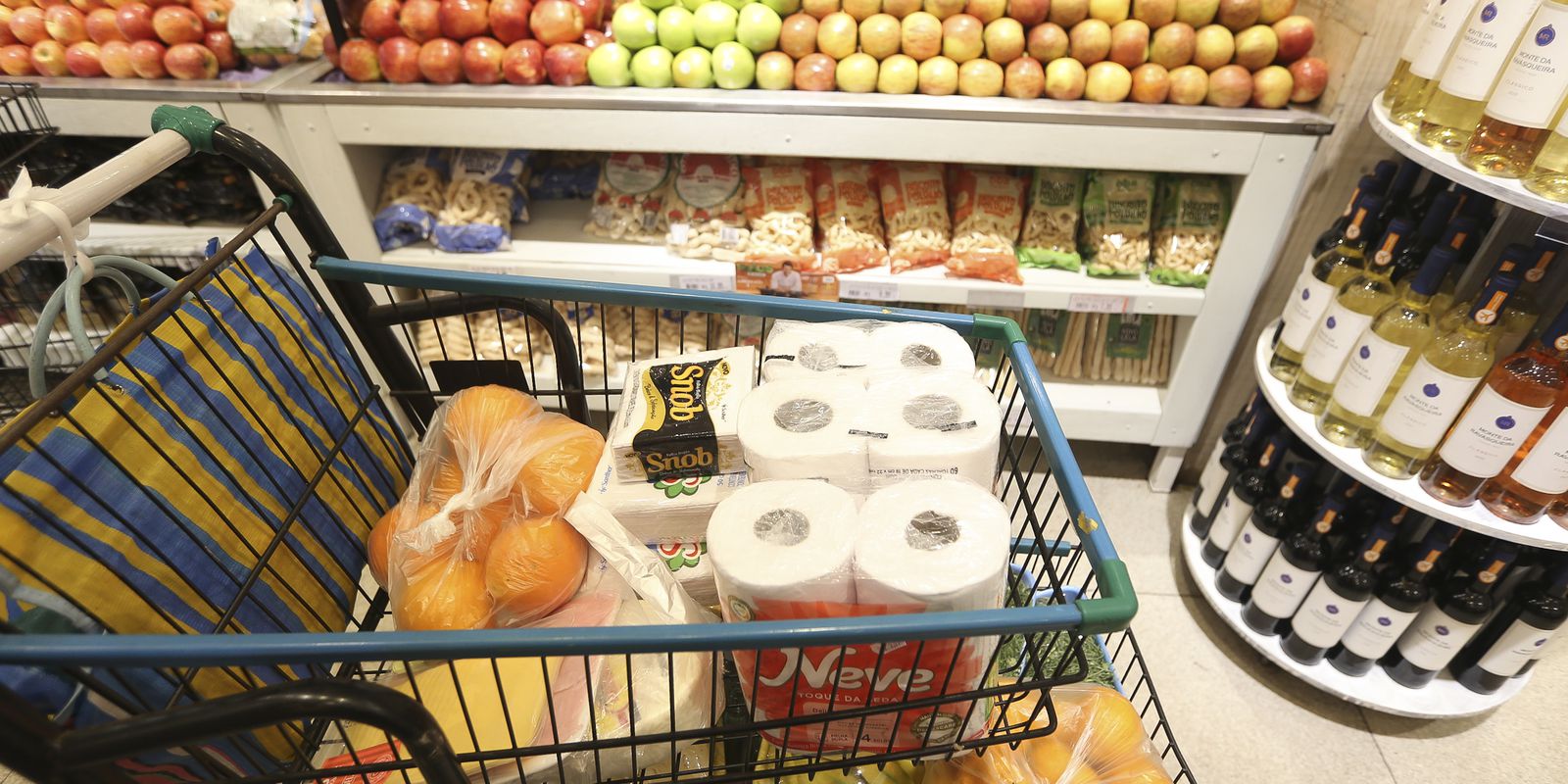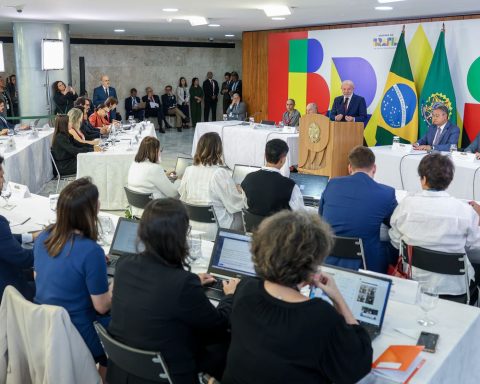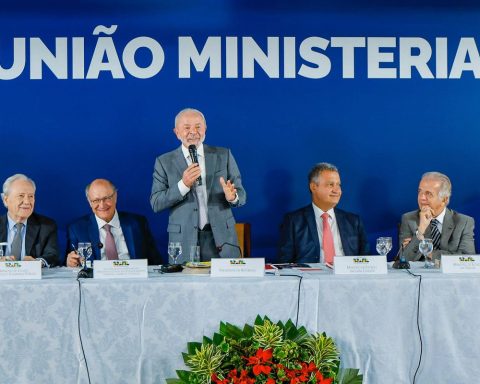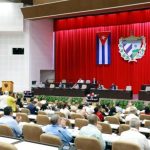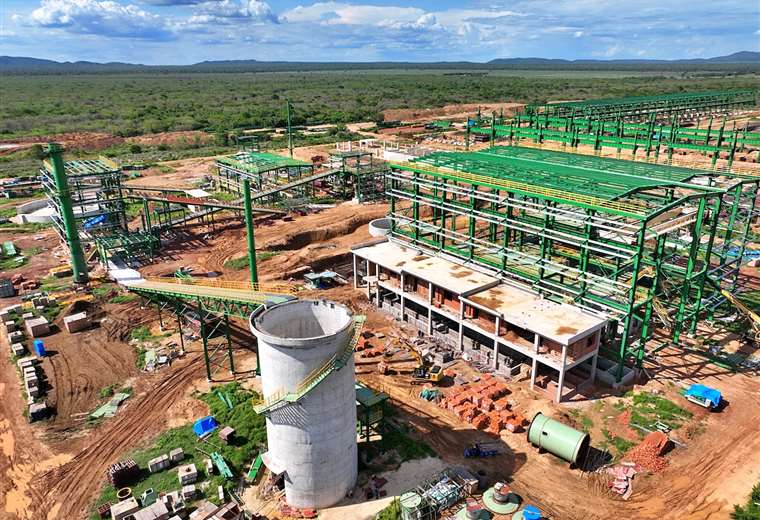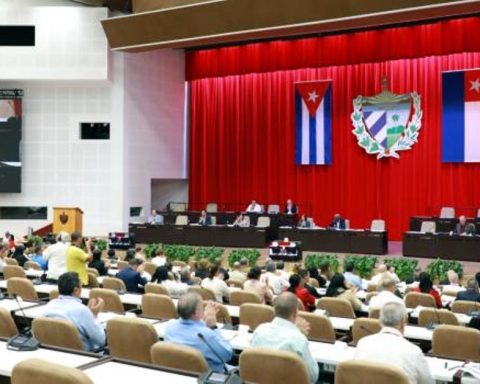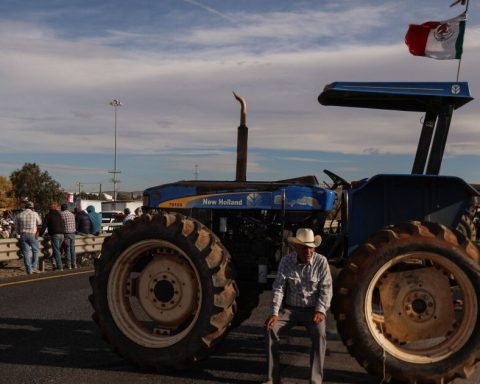Shopping baskets for all income brackets increased in December, according to a survey released today (12) by the Institute of Economic and Applied Research (Ipea). The institute unraveled the data from the Extended Consumer Price Index (IPCA) and points out that the price increase was more intense for very low-income families, who earn less than R$ 1,726.01.
The Brazilian Institute of Geography and Statistics (IBGE) had already announced that the general index closed December at 0.62%, while the variation had been 0.41% in November. In the shopping basket of very low-income families, the monthly variation was 0.71%, above the general average, calculated the Ipea.
Low and lower middle income families also had inflation above the general index, with 0.67% and 0.69%, respectively. Included in the first group are families that receive between R$ 1,726.01 and R$ 2,589.02. In the second, those who earn between R$ 2,589.02 and R$ 4,315.04.
The segments of the population classified as having medium, medium-high and high income had less intense inflation than the poorest in December. Even so, the index was also higher than in November. The percentages were 0.62%, 0.59% and 0.50%, respectively.
Ipea considers a middle-income family to be one that earns between R$4,315.04 and R$8,630.07 per month. Next, the upper middle income group earns between R$8,630.07 and R$17,260.14. The high-income group, on the other hand, has monthly earnings of more than R$17,260.14.
health and food
One of the causes of the greatest impact of inflation weighing on the shopping baskets of the poorest families was the increase in prices in the food and beverage group. These families are the ones that spend the highest percentage of their income on food, and therefore end up being most affected. The other group exerting pressure is health and personal care, which had a more balanced impact between income groups, but also weighed more in the shopping basket of the poorest.
According to Ipea, these two groups of expenses account for more than half of the inflation of very low-income families, with 0.43 percentage points of the 0.71% of inflation. Among high-income families, these same groups account for 0.21 percentage points of the 0.50% inflation.
Accumulated in 2022
With the closing of December, the general inflation index for 2022 was 5.78%, a slowdown compared to 2021, when it totaled 10.06%. Despite the decline, the indicator was above the target set by the Central Bankwhich was a rate of at most 5%.
Ipea points out that, “contrary to what happened in the previous three years (2019-2021), accumulated inflation in 2022 was lower for the very low income segment (6.35%) compared to that observed in the high income range (6.35%). 83%)”. The lowest rate in 2022 was found in the lower middle income class, at 5.59%.
The greatest inflationary pressure in 2022 came from the food and beverage group, with emphasis on cereals (8.7%), flour and pasta (22.7%), tubers (40.2%), fruits (24.0% ), milk and derivatives (22.1%), poultry and eggs (7.9%) and baked goods (20.6%). For very low and low income households, more than half of inflation came from this group.
